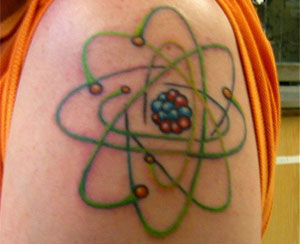I’ve been asked about the small insignia at the bottom right corner of this page: It is the Typekit logo!
There have been some exciting developments in typography for digital publishing recently. HTML5’s arrival permits the true ability to render typeface online. It is known as the WOFF standard. Google’s Chrome browser version 6 supports WOFF, and as of September 21, so does Typekit. Typekit offered WOFF support for Internet Explorer 9, still in beta, since the middle of September. N.B. Many WordPress sites use Typekit fonts. I don’t know if there is a contractual relationship between the two. I am appreciative of Typekit’s free font service for my WordPress.com budget blog.
This is a nice example comparing Windows versus Mac O/S. Better vertical metrics result in greater consistency across platforms:
Here you can see the improvement due to better rendering that comes with a WOFF-supported browser and typefaces:
Enjoy some all around spectacular-ness: From the Lost World’s Fair site! The image is a lush, multi-font fantasy of World’s Fair 2040. It is beautiful.
More details are available


 In keeping with our strategy of constantly iterating and improving our font library, we have updated the following…
In keeping with our strategy of constantly iterating and improving our font library, we have updated the following… 





